In an increasingly competitive environment, emotional marketing can make the difference between the success or failure of a brand.
Thanks to neuromarketing, we know that most purchasing decisions are made based on emotions, even if customers don't fully realize it. Therefore, brands that are able to evoke the right emotions in consumers will have an advantage over their competition.
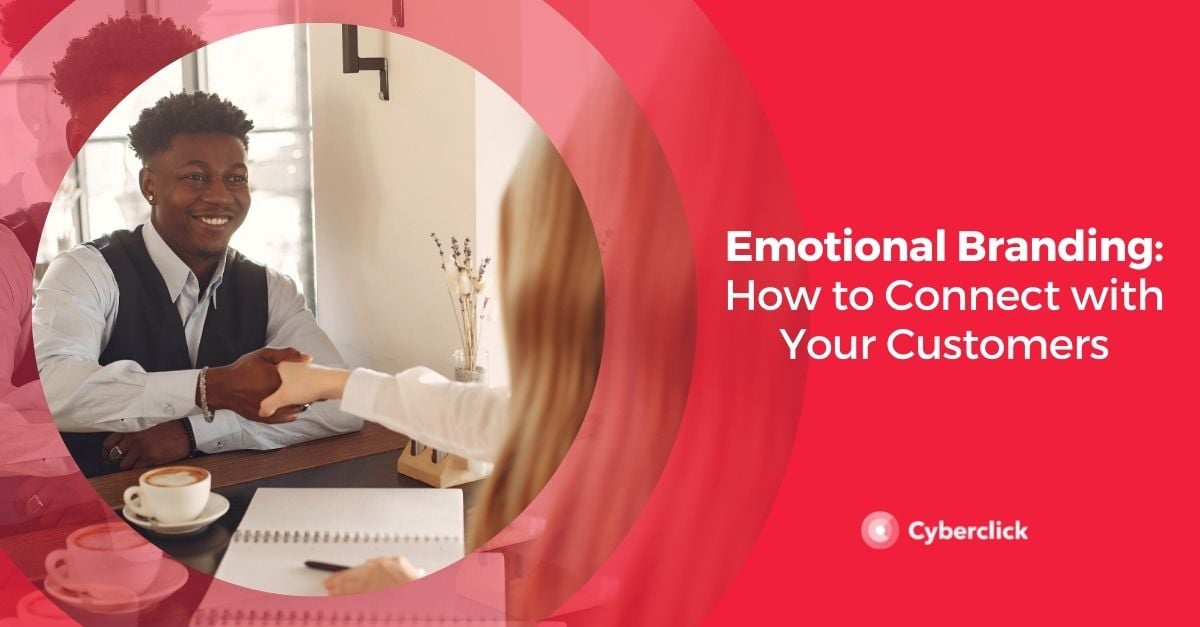
What Is Emotional Branding?
Emotional branding or emotional marketing is the process of forming a relationship between a consumer and a brand by appealing to emotions. To do this, marketers create content that connects with the moods, ego, needs and aspirations of consumers.
The concept of emotional marketing was popularized by Marc Gobé, who wrote a book called Emotional Branding: The New Paradigm for Connecting Brands to People.
Emotional marketing connects with peoples conscious and subconscious desires and impulses through specific advertisements or advertising campaigns. These ads begin to build relationships with viewers and forge connections between them and the brand in question.
Emotional Marketing and the Hierarchy of Needs
To better understand peoples' needs and how you will approach them through your marketing, think about Maslow's hierarchy of needs, shown below.
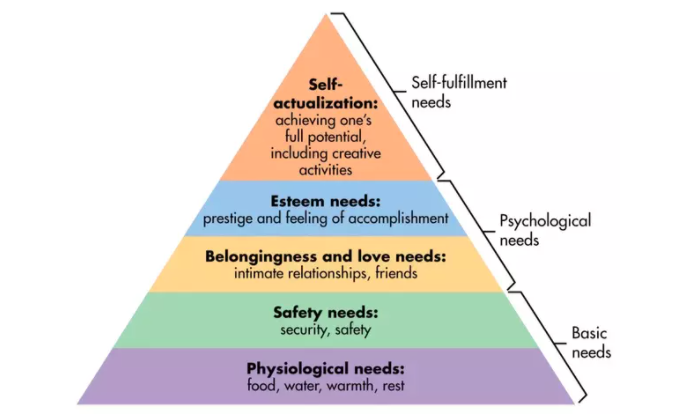
Maslow's Hierarchy of Needs (image via Simplepsychology.com)
According to this model, humans must first meet most basic needs (food, shelter, rest) before moving up the pyramid of emotional needs, such as esteem and self-actualization.
All these needs, from the base of the pyramid to the very top, are associated with emotions. An emotional marketing campaign can address any level of need. in fact, some brands, such as Apple, have been addressing all of them through different campaigns, from "1984" (physiological needs) to "Think different" (self-actualization).
The 6 Archetypes of the Emotional Branding Experience
Another interesting way to think about emotional marketing is the brand intimacy model from marketing agency MBLM. This model, based on quantitative research, defines some key components that contribute to intimate brand relationships.
-
Satisfaction: exceeding expectations, providing superior service and quality, and being efficient.
-
Identity: reflect aspirational images or values and beliefs that resonate with the consumer.
-
Improvement: becoming better, smarter, more capable and more connected through the use of the brand,
-
Ritual: integrating the brand into day-to-day activities. The brand becomes a fundamental part of daily existence.
-
Nostalgia: focus on memories of the past and the nostalgia associated with them.
-
Indulgence: creating a close relationship based on moments of enjoyment and gratification, whether occasional or frequent.
Benefits of Emotional Marketing
-
Increased loyalty: when your audience is emotionally involved with your brand, you are creating a relationship with them, which translates into an increase in customer lifetime value. This will reduce acquisition costs and increase profits.
-
Differentiation from the competition and better brand image: brands that implement an emotional component in their marketing strategy are more likely to be better perceived than their competitors, as consumers identify with their message.
-
Better ROI: using emotional messaging has an impact on the audience, which in turn makes them more likely to respond to your calls to action and increases lead generation, conversions and, consequently ROI.
5 Ways to Foster Customer-Brand Connection
1. Identify Your Audience's Emotional Triggers
Forming an emotional consumer-brand connection can be very tricky, especially when you're targeting a diverse base of people. When creating your strategy, start by identifying what your target audience is most likely to be excited about and then incorporate that into each point in the sales funnel.
Identify what is most important to your buyer persona: do they want to feel adventurous, succeed in life, feel secure? What are their concerns, pain points and values?
Remember that emotional marketing is not just a matter of communication If you want it to really work, you have to make sure that the solution you offer brings real value to your customers and can solve their pain points.
2. Tell Authentic Stories
Storytelling and emotional branding often go hand in hand, because stories connect with peoples' emotions. We identify with the protagonists, we empathize with their struggles, etc. But how can you make stories that really resonate with your audience?
-
Share your vulnerability. Things that are too perfect are cold and uninteresting. On the other hand, if you have a story related to overcoming adversity, don't hesitate to share it openly. The story of your brand and the people who are part of it is a hero's journey that will help you connect with your audience.
-
Look for stories that people can relate to. Humans have a need for connection, to feel part of a larger group. Empathizing with other people's stories helps us satisfy that need. Therefore, always look for protagonists who share important characteristics with your audience.
-
Share real and verifiable testimonials. Testimonials go one step further because now real users are participating in your story by sharing their experiences with your brand. This shows your audience how your brand can help them and builds trust.
3. Customize
Corporations with standard messages do not generate a lot of excitement. To create an emotional connection between a potential customer and a brand, it is necessary to make people see that we recognize their individuality. This is achieved through personalization.
The first step is to personalize communication with each of your current and potential customers, integrating what you know about them (past purchases, favorite products, birthdays and, of course, name, gender and other demographic data).
The next step, the one that can really set you apart from your competitors, is to personalize your own products. For example, Shopify marketing platform Growave customizes its solutions for each of its customers. B2B brands can use emotional marketing too.
4. Bring Out Your Human Side
People like to connect with other people, so if you want to produce an emotional response, dare to bring out the human side of your business. Here are some ideas to do just that.
-
Create content that tells authentic stories about your brand, the people who work there, and how you try to find solutions to your customers' day-to-day challenges.
-
Take special care with customer service. While it is important to provide responses to problems and be consistent with the brand's tone, it is no less important to allow your agents to show their personality and connect empathetically with customers.
-
Show an interest in your customers. Ask them about their needs and listen to them carefully. This will not only help you to connect with them emotionally, but will also improve your products and services.
-
Show them that you understand their problems and that you are invested in solving them. Feeling that someone understands us increases empathy and builds a bond.
5. Nurture Long-Term Customer Relationships
Good relationships are based on care and grow over time. The emotional connection between customers and brands is no exception to this.
Emotional marketing doesn't end with the purchase decision. To foster loyalty and maximize customer lifetime value, be sure to take special care of after-sales customer service. Continue to communicate regularly with your customers and anticipate their needs to show them that you care.
Responsable de la estrategia de contenidos y visibilidad en Cyberclick, con enfoque Allbound y especialización en posicionamiento SEO, GEO y automatización con IA. Gestión avanzada del CRM con HubSpot: base de datos, workflows, lead nurturing, scoring y reporting. Experiencia en marketing digital, comunicación corporativa y periodismo, uniendo estrategia, creatividad y tecnología para captar y convertir leads cualificados.
Responsible for content and brand visibility strategy at Cyberclick, with an Allbound approach and specialization in SEO, GEO (Generative Engine Optimization), and AI-powered automation. Advanced HubSpot CRM management: database segmentation, workflows, lead nurturing, scoring, and reporting. Background in digital marketing, corporate communications, and journalism—combining strategy, creativity, and technology to attract and convert qualified leads.

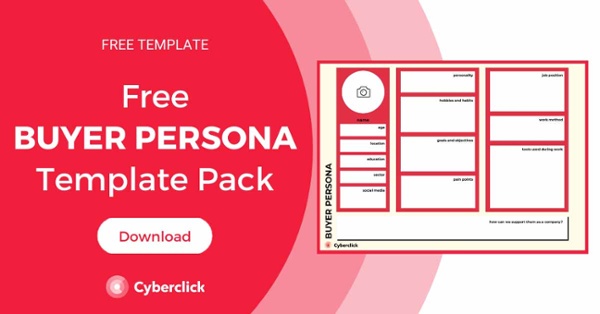

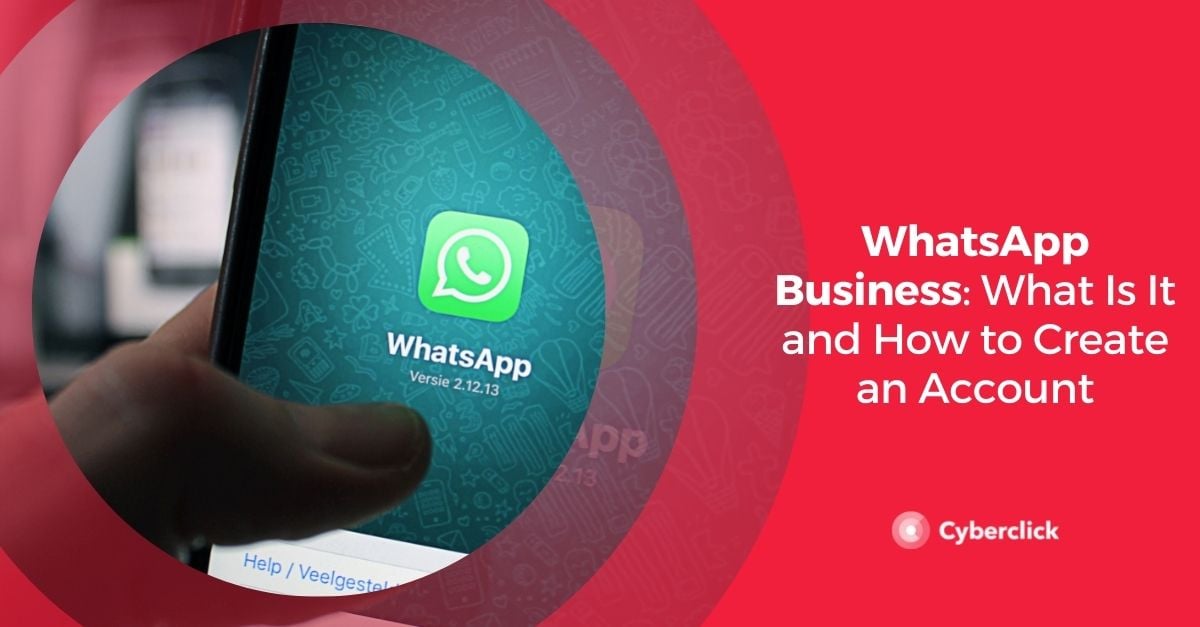
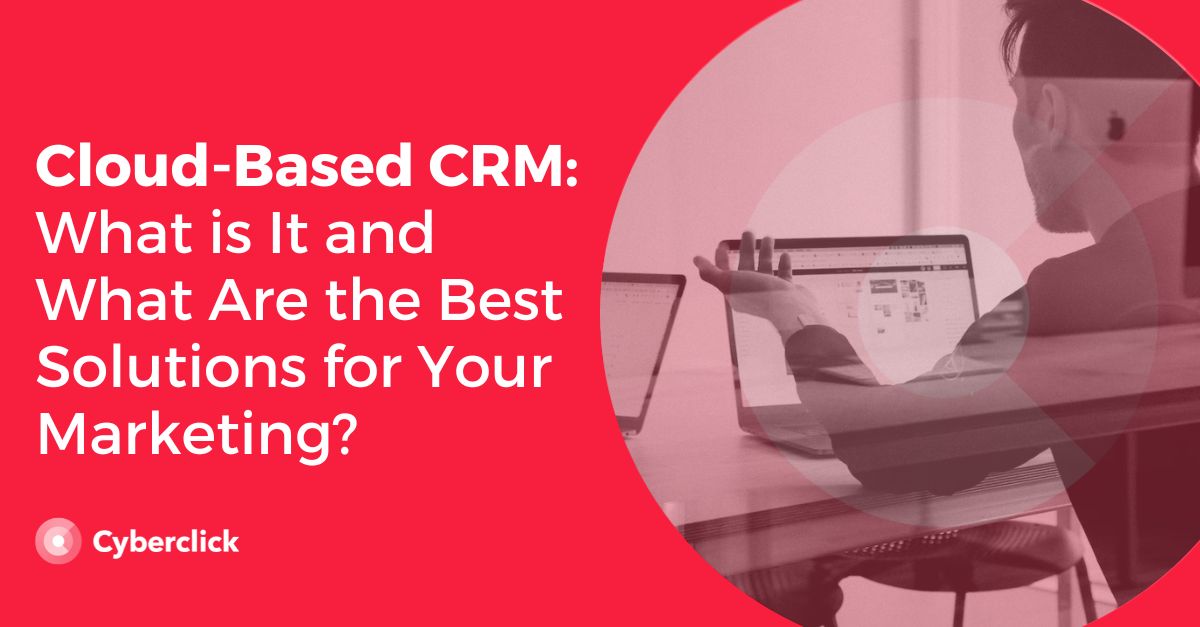
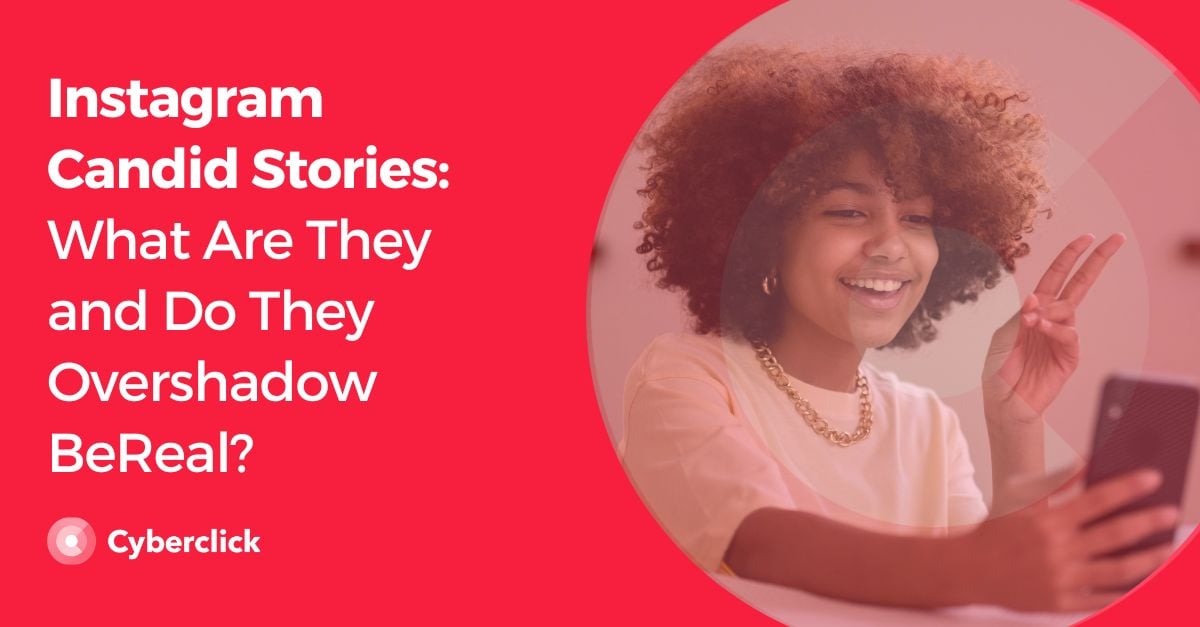
Leave your comment and join the conversation